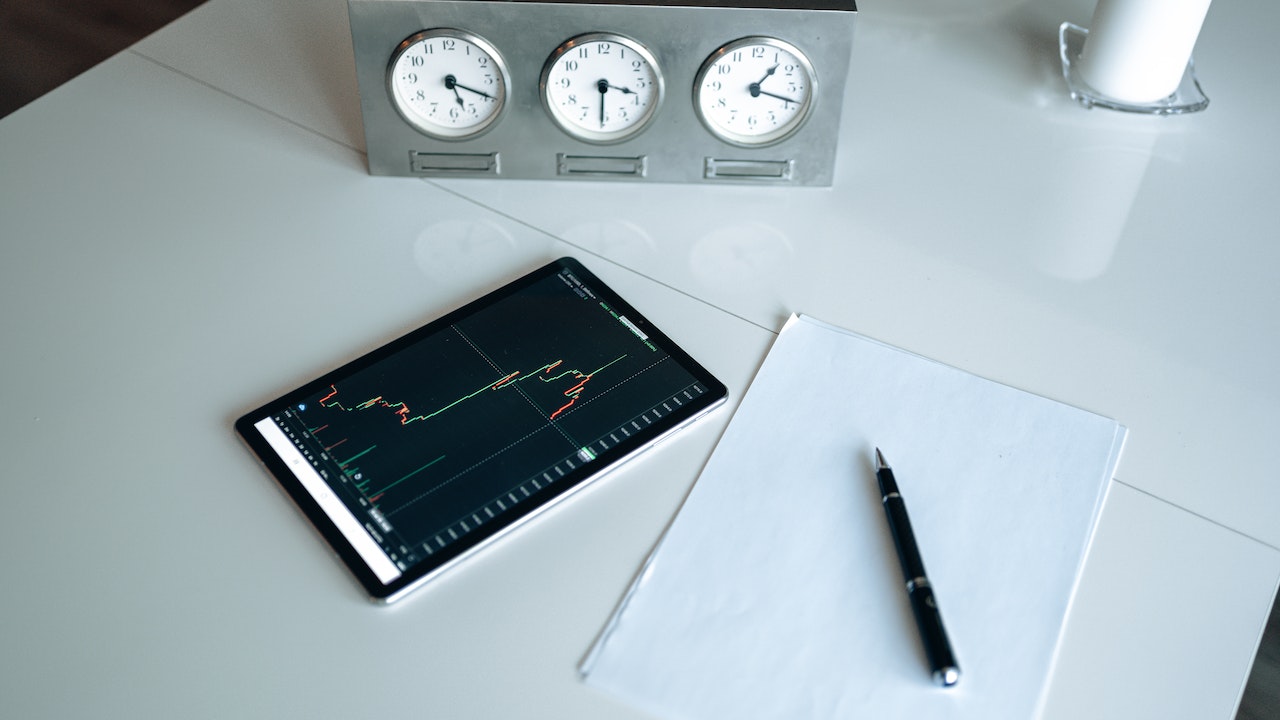The history of Forex is a long and winding road, fraught with twists and turns. It’s a story that is still being written, as the currency markets are in a constant state of flux. But despite the ever-changing landscape, some things remain constant. In this article, we’ll take a look at some of the most important moments in Forex history, and explore how they have shaped the market as we know it today. So sit back and relax – it’s time to journey back through time!
Before the Gold Standard
Most people believe that the history of Forex begins with the gold standard, but this is not the case. The origins of currency trading can be traced back to ancient times. For centuries, countries would exchange goods and services using a system of barter. This was often done through trade fairs or markets, where merchants would come to sell their wares.
There were no coins or paper money in those days – instead, people used items such as livestock or grain as currency. This made it very difficult to transport large amounts of money from one place to another. As a result, people began using letters of credit, which could be sent by messenger to distant lands. This was the first time that something resembling our modern-day currency began to be used.
The Gold Standard
The gold standard is often seen as the birth of Forex, as it was the first time that a single currency was used by all countries. Under this system, each country pegged its currency to a specific amount of gold. This meant that if one country wanted to buy goods from another, it would need to exchange its currency for gold first.
While the gold standard did have some benefits, it also had its drawbacks. For example, if there was a sudden increase in the price of gold (due to a discovery or a war), then the value of all currencies would rise along with it. This could cause inflation and other economic problems. As a result, the gold standard was abandoned in the early 20th century.
The Bretton Woods Agreement
With the gold standard no longer in use, countries needed to find a new way to stabilize their currencies. This led to the Bretton Woods Agreement, which was signed in 1944. Under this agreement, all major currencies were pegged to the US dollar. The US dollar, in turn, was pegged to gold.
This system worked well for many years, but it eventually broke down in 1971 when the US government stopped the convertibility of dollars into gold. This caused a surge in inflation and other economic problems, leading to the collapse of Bretton Woods.
The Modern Era
In 1973, a new system known as floating exchange rates was introduced. Under this system, currencies are allowed to fluctuate in value relative to each other. This has led to a much more volatile market, but it also means that there are more opportunities for traders to make money.
The Forex market has come a long way since its humble beginnings. What started as a simple barter system has evolved into a trillion-dollar industry. And while the landscape of the market may continue to change, one thing remains constant: the opportunity for profit. So whether you’re a seasoned trader or a complete newcomer, there’s always room for you in the world of Forex! Thanks for reading and we hope this article has been informative. Please feel free to share it with your friends and contacts if you found it useful. Happy trading!
